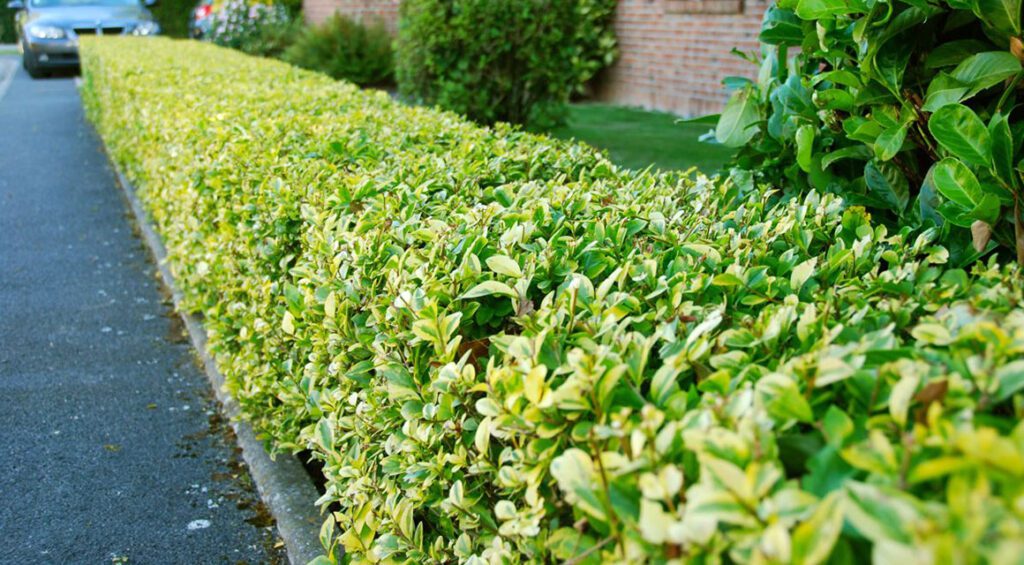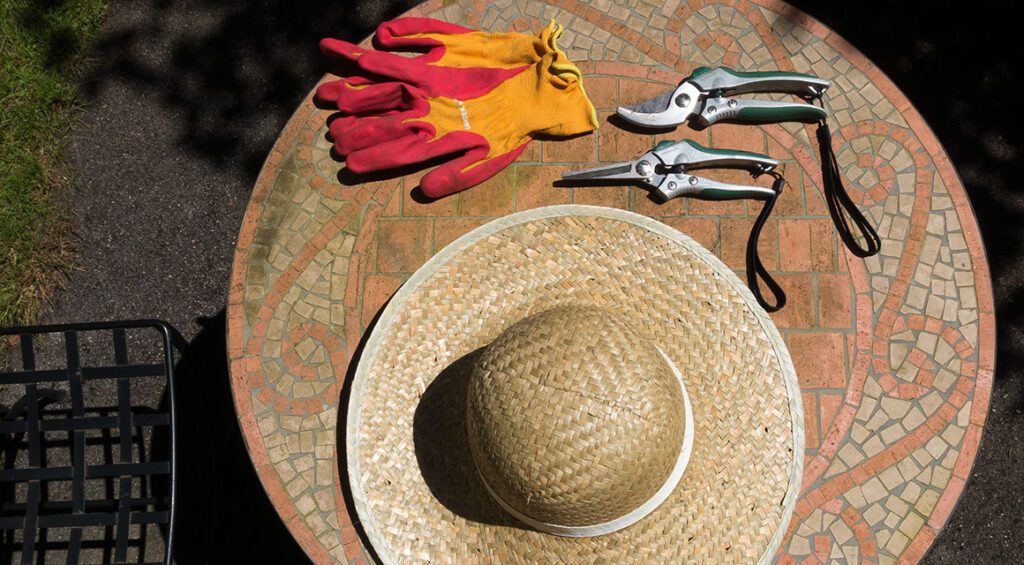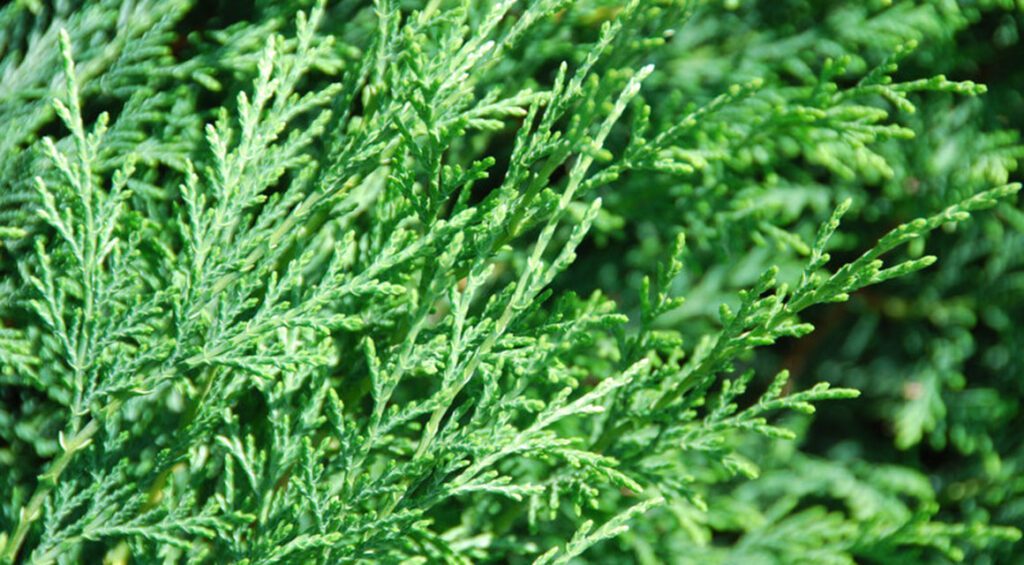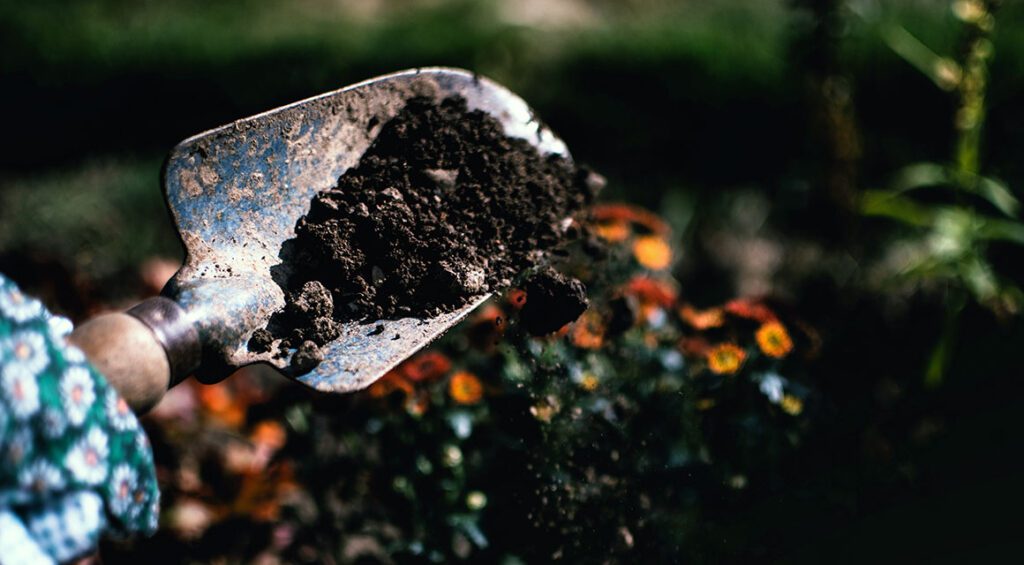Trimming a hedge can become a difficult task for many garden owners. Especially if you are an inexperienced amateur gardener or are planting a hedge in your garden for the first time, then pruning can become a real challenge. But don’t panic! Our experts will be happy to give you some tips, because trimming a hedge is something anyone can do, even a beginner. If you do it right, the result will look quite wonderful and your hedge will look just as good as a professionally trimmed hedge!

Contents
When do I cut my hedge?
First of all, you should know when to cut your hedge. This is because each hedge plant has a very different pruning period again, but generally hedges should get their first pruning of the year in the spring. In most cases, this should then be done before the longest day of the year, around June 21. Hedge plants that are best pruned in the spring are privet, hornbeam, copper beech, yew and cherry laurel. Fast-growing hedge plants should be pruned in the fall for the second time, because then they will look neat in the winter.
It’s best to trim your hedge in the garden when the weather is mild and slightly damp. However, do not trim your hedge when it is freezing. This is because it can cause damage that can even be irreparable in some cases. Pruning should also not be done in full sun, because then there is a risk that the fresh cuttings will burn quickly, causing severe damage. It is best to trim your hedge in the morning, evening or when the sky is cloudy. This will also help your hedge recover more quickly from pruning.

The right garden tools
When pruning, it’s especially important to use the right garden tools. Make sure your garden tools are clean and sharp at all times. After all, dull garden tools can quickly damage the branches of your hedge. This will make the fresh cuts much slower to recover, and it will also make your hedge much more susceptible to mildew diseases. You can then decide on a suitable gardening tool yourself. Some garden owners only use electric hedge trimmers, while other garden owners prefer to use hand hedge trimmers. With electric hedge trimmers, a tight, even result can be achieved. Also, electric hedge trimmers are much faster than hand hedge trimmers.
Trimming a hedge gets easier over time because practice makes perfect. Most hedge plants have good pruning resistance, so mistakes in pruning are not so bad. Mistakes can happen even to an experienced gardener. However, with slow-growing hedge plants, such as yew, it takes a little longer for the pruning mistake to become less noticeable. You could then also cut the whole hedge a little shorter so that the hedge looks even again. Want to use the hand hedge trimmer and still get a neat, tight result? Cut the top of your hedge then along a string, that always works.

And then….trim, trim, trim!
Many inexperienced garden owners are a bit reluctant when it comes to trimming their hedge. That’s a shame, because pruning is decidedly important. But when should you trim your hedge? The more often you trim a hedge, the more it will then branch out. Your hedge will therefore become much more compact and fuller if you trim it regularly. A compact, evergreen hedge is then also immediately much more opaque and can provide privacy in the garden. That’s why hedges are so popular in our gardens. So dare to cut back your hedge properly with the hedge trimmer and do it properly.
We recommend you to cut hedges from the bottom up. This will help you avoid cut branches falling back into the hedge. The hedge should be cut into a cone shape: wide at the bottom and getting narrower towards the top. This allows sunlight to reach all parts of the hedge at all times, the hedge will then also always stay nice and green and bare spots in the hedge can be avoided. How much you can cut back hedge plants depends on the particular hedge plant. However, you should be careful with conifers, with trees of life and Leyland cypresses: if they are cut back too much, then they will no longer sprout.
By the way, this does not apply to yew: even old branches of this plant can still sprout quite wonderfully. So if you cut yew too much, then it is absolutely no problem. The yew is a particularly robust conifer that can really take a lot. Yew trees will then always recover. On our website you will find a lot of information about very different hedge plants and how best to prune them. There are, of course, general guidelines for trimming a hedge, but the individual needs of each hedge plant should then always be taken into account. Are you already interested to order the yew online?

Care for hedge after pruning
Hedge plants actually always tolerate pruning quite well, but it is still important to take good care of your hedge after such a pruning. You should therefore also fertilize your hedge immediately after a pruning. This will immediately give your hedge all the important nutrients and minerals it needs. In addition, fertilizer will also help your hedge recover more quickly from a pruning. It is best to use organic garden fertilizer. It then also depends on the particular hedge plant which fertilizer is suitable. For example, there are hedge plants that prefer acidic soils or rather calcareous soils. But there is also boxwood fertilizer or conifer fertilizer, because some hedge plants should be maintained with a special fertilizer.
If you follow these rules and take care of your hedge after pruning, then nothing can really go wrong. You can also contact us at any time if you have any questions. You will see that trimming your hedge will become easier and easier over time. And the result will then also get better and better from cut to cut. We wish you now a lot of fun with cutting your hedge and do not forget to then also have a lot of fun with the wonderful result!

